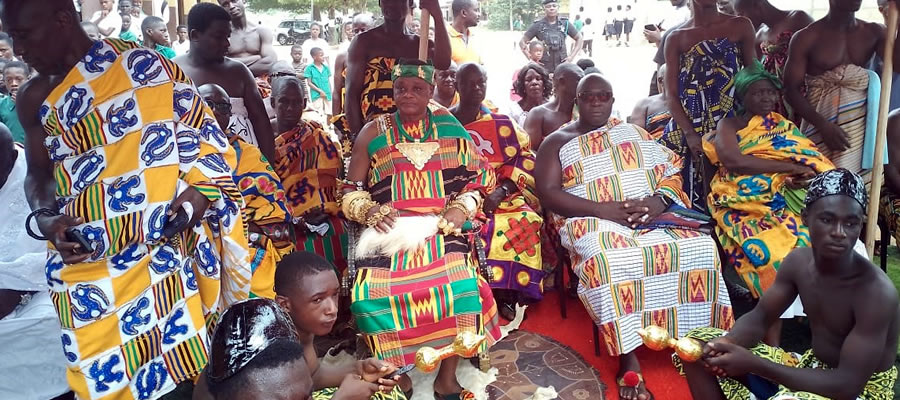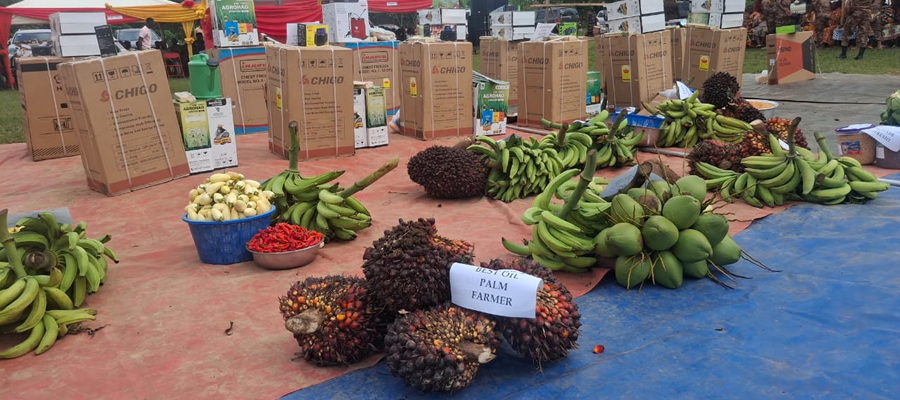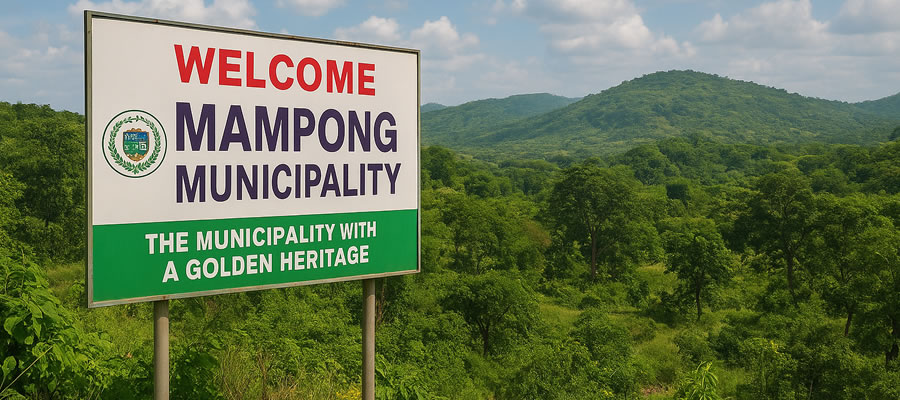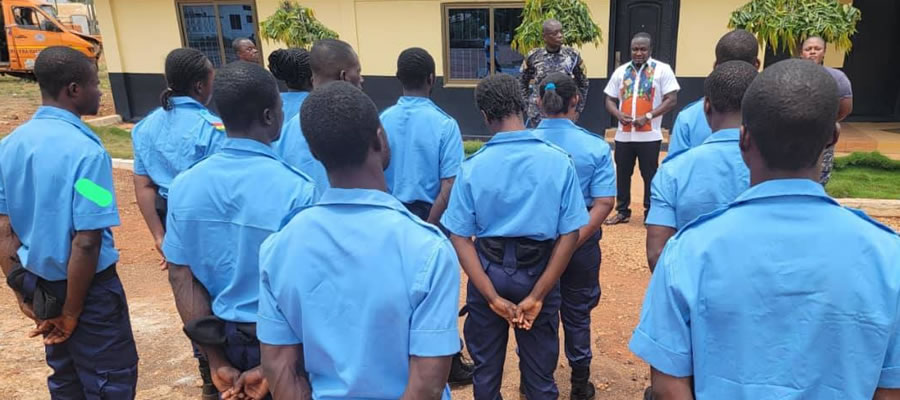
Introduction
This introduction covers the creation of the region and the people, the physical features, the political administration and social structure, the economy, living conditions and demographics and ends with the organization of the report.
History
The Ashanti region is a core area of the Asante nation whose boundary in the 18th and 19th centuries stretched southwards towards the Atlantic Ocean (except the Anlo enclave), and northwards to the Gonja and Dagomba lands. To the east and west, the Asante nation stretched beyond the current borders of the country. It was initially smaller than the boundary of the Ashanti region today. The territorial expansion was through wars and annexation of lands of other ethnic groups. The Asante nation in the early 20th century contracted in area through defeat in wars and agitation of some ethnic groups for separation. It currently extends beyond the Ashanti Region in that some of the people of the Asante nation are in the Bono, Bono East, Ahafo, Eastern and Central Regions.
History has it that the people of Asante originated from eight clans, namely, Oyoko, Bretuo, Aduana, Asona, Asene, Ekuona, Agona and Asakyiri. A clan is said to be the children of one woman and therefore it is a taboo to marry within a clan. The result was inter-marriage among the clans, creating alliances and the nucleus of the Asante nation which was born with the reign of Nana Osei Tutu (1697-1718), the first King of Asante. The Asante nation’s symbol of unity is the Golden Stool which is said to have descended from the sky through the incantations of Okomfo Anokye, a fetish priest. The population of Asante is the largest among the Akan ethnic group that includes Akwamu, Guan, Fante, Denkyira, Bono, Akyem, Kwahu, Sefwi, Wassa, Akwapim and Assin (Osei Kwadwo, 1994).
Date Created : 7/26/2023 12:00:00 AM












 facebook
facebook
 twitter
twitter
 Youtube
Youtube
 +233 593 831 280
+233 593 831 280 0800 430 430
0800 430 430 GPS: GE-231-4383
GPS: GE-231-4383 info@ghanadistricts.com
info@ghanadistricts.com Box GP1044, Accra, Ghana
Box GP1044, Accra, Ghana